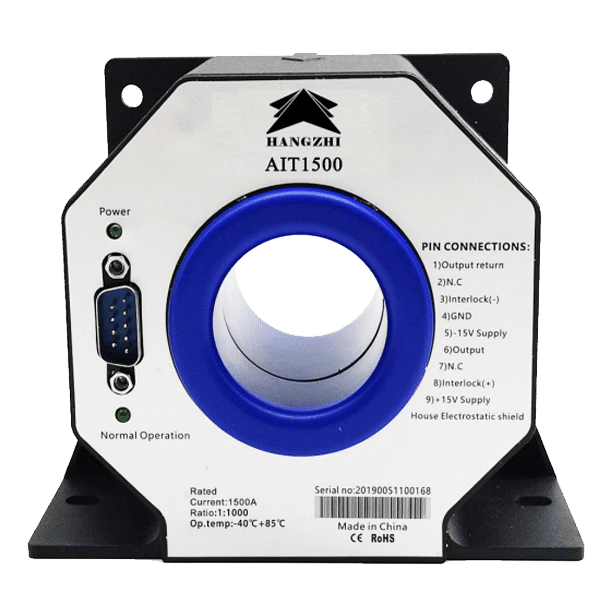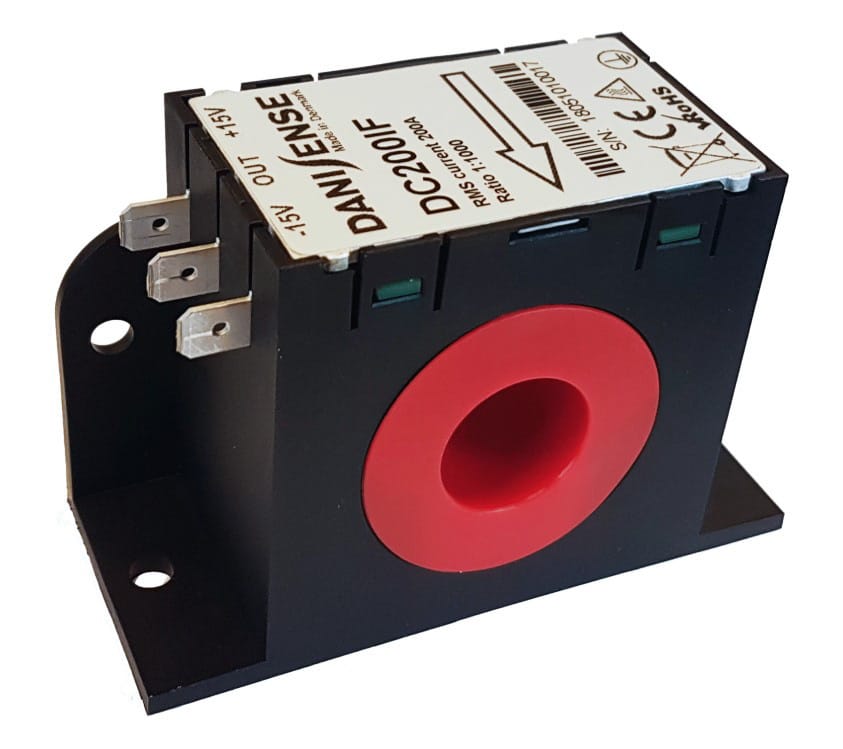You are working on a very important electrical project where accuracy is very important. The success of the project depends on how well you measure the current. In these cases, high-precision current transducers are necessary to get accurate and reliable data for several uses. This blog will share the six best tips for finding a high-precision current transducer.
1. Understand Your Application Needs
Before picking a transducer, you should know what you need it for. The specific needs of your system or project should be figured out. What kind of current (AC or DC), how much current you need to measure, and the working environment are some things to think about.
By knowing these things, you can choose a transducer that meets your needs and works well in your situation.
2. Research Types of Current Transducers
Learn about the various kinds of current transducers that are out there. Hall effect, shunt, and current transformer transducers are some of the most common types. Each type has its own advantages and disadvantages.
For instance, Hall effect transducers can measure both AC and DC, but current transformers are usually only used for AC measurements. Being aware of the differences between each type helps you pick the best one for your needs.
3. Check Manufacturer Reputation
Before you buy a current transducer, find out how well-known the company that made it is. Look for companies known for producing high-quality, reliable products. Read reviews and ask for recommendations from industry professionals.
A reputable manufacturer is more likely to provide accurate and durable transducers, along with good customer support and warranty options.
4. Consider Measurement Accuracy and Precision
Consider the measurement accuracy and precision of the current transducers. High-precision transducers should have low error rates and provide consistent, reliable readings.
Check the specifications for accuracy ratings, such as the percentage of full-scale error. Accurate and precise measurements are crucial for applications where even small errors can impact performance or safety.
5. Evaluate Output Signal Type
Check the type of signal that the current transducer sends out. Typical output types include digital signals and analog signals (current or voltage).
In order to work with your data acquisition system or control equipment, you should pick a transducer whose output type is compatible. Make sure that the type of signal meets the accuracy, resolution, and response time needs of your application.
6. Check Compatibility with Existing Systems
Check the compatibility of the current transducer with your existing systems. Ensure the transducer’s physical size, mounting options, and electrical connections fit seamlessly with your setup.
Compatibility reduces the need for additional modifications and ensures smooth integration. Verify that the transducer meets the standards and specifications required for your system.
Choose the Right High Precision Current Transducer
Selecting the right high-precision current transducer is crucial for ensuring accurate and reliable measurements in your applications. So, take the time to thoroughly assess your options. Invest in quality and precision to achieve the best outcomes in your projects.



